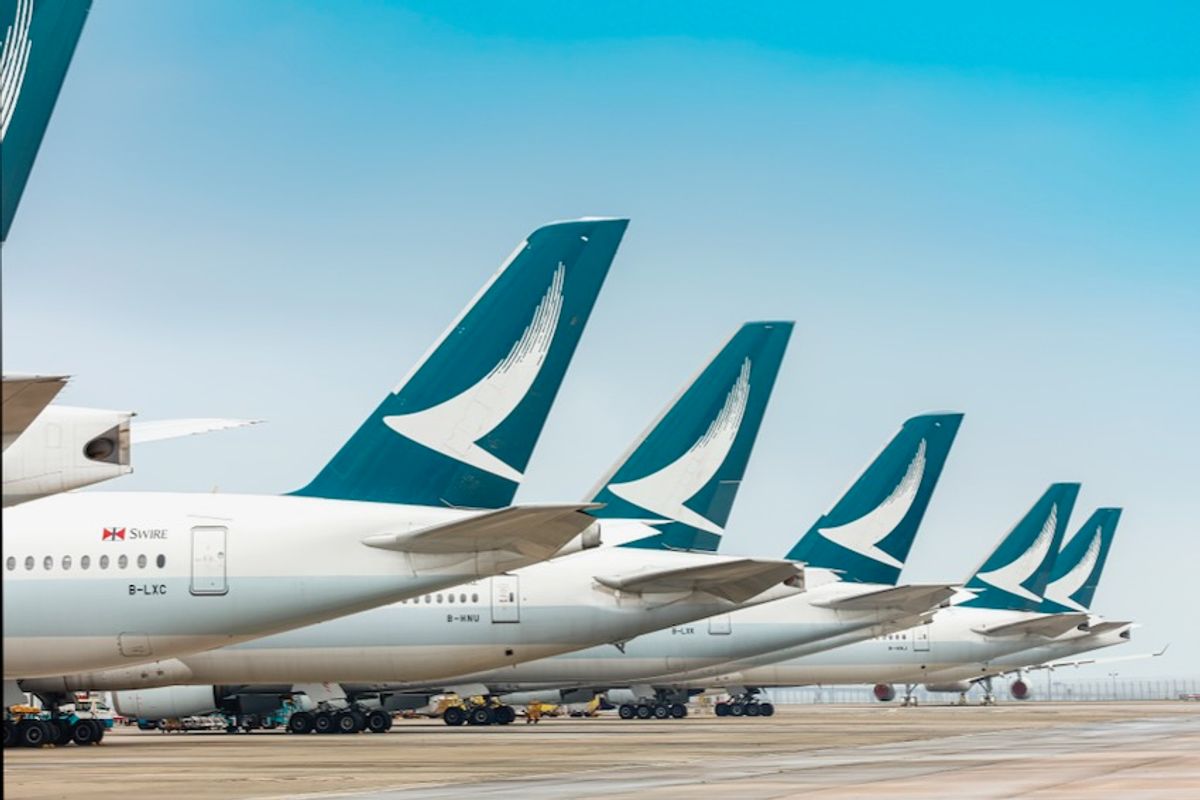Hong Kong-based carrier Cathay Pacific has recently announced a significant investment strategy to upgrade its fleet, cabin products, and lounges. The airline has agreed to purchase 30 Airbus A330-900 widebody aircraft as part of this plan, with deliveries expected to begin in 2028. This move is part of a wider HK$100 billion investment, approximately €11.7 billion, aimed at modernizing and expanding the airline’s operations.
According to Cathay Pacific, this Airbus order is just one part of a larger fleet renewal program. The carrier currently has more than 100 new-generation aircraft in its delivery pipeline, with the option to acquire an additional 80 aircraft in the future. This strategic investment reflects Cathay’s commitment to enhancing its services and maintaining its position as a leading international aviation hub.
Ronald Lam, Cathay Group CEO, expressed his enthusiasm for the new order, stating, “As Cathay completes the final stretch of its rebuilding journey, we are turning the page to modernization and growth, both in terms of scope and quality. We are delighted to announce this new order for state-of-the-art A330neo aircraft. This substantial investment reflects not only our immense confidence in Hong Kong’s leading international aviation hub status but also represents our commitment to fostering our home city’s ongoing development.”
In addition to the Airbus order, Cathay Pacific is also introducing new cabin products to enhance the passenger experience. The airline’s new ‘Aria’ business class suite, which features a privacy door and sliding partition between seats, will be rolled out on Boeing 777-300ER aircraft later this year. The premium economy and refreshed economy cabins will also be introduced on the redesigned 777-300ER aircraft, with the first-class product set to launch on Boeing 777-9 aircraft in 2025. Furthermore, a new business class product will be introduced on existing A330 aircraft in 2026.
Cathay Pacific’s investment in new aircraft and cabin products is not only aimed at improving passenger comfort but also at reducing carbon emissions. The enhanced fuel efficiency of the new Airbus A330-900 aircraft will play a crucial role in helping Cathay achieve its goal of carbon net-zero by 2050. This commitment to sustainability aligns with the global aviation industry’s efforts to reduce its environmental impact.
Despite these positive developments, Cathay Pacific reported a decline in first-half 2024 profits. Net income dropped by 15.3% year-on-year to HK$3.6 billion, primarily due to the normalization of ticket prices. However, revenue increased by 13.8% to HK$49.6 billion, driven by a 36.4% rise in passenger numbers. The airline attributed the increase in costs to its investment in new aircraft and cabin products, as well as other operational expenses.
In conclusion, Cathay Pacific’s investment in new Airbus aircraft and cabin products demonstrates its commitment to modernization, growth, and sustainability. The airline’s strategic approach to fleet renewal and passenger experience enhancements will not only benefit its customers but also contribute to its long-term success in the competitive aviation industry.


